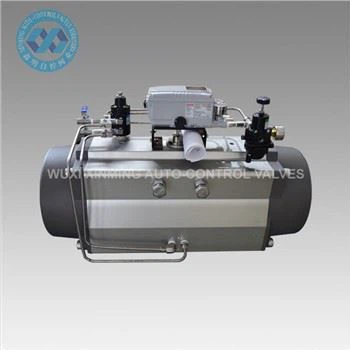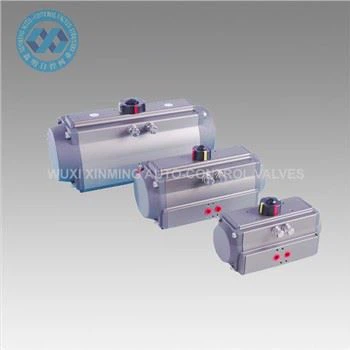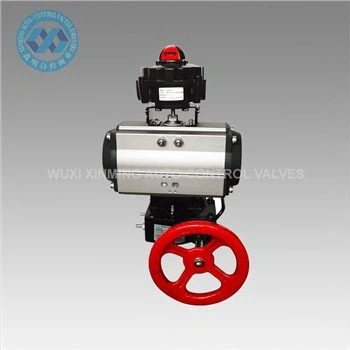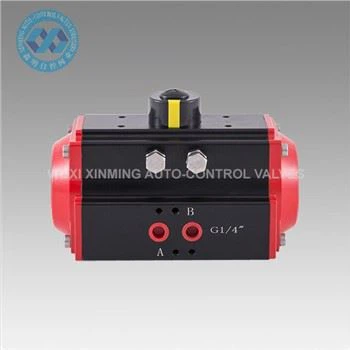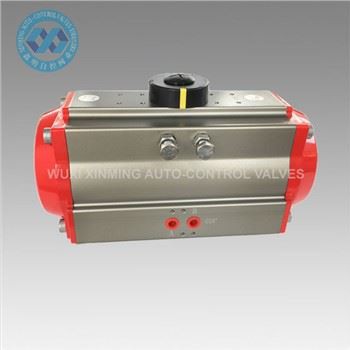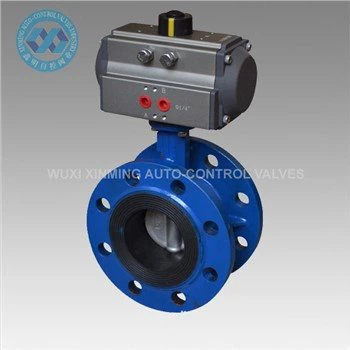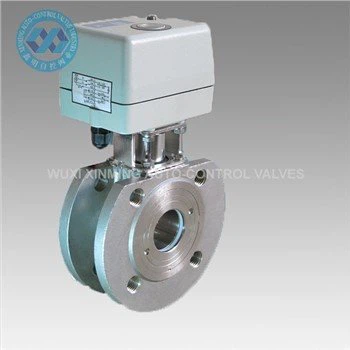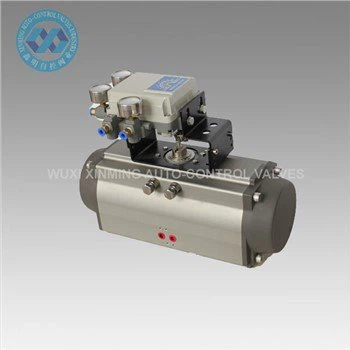Here's a concise summary of the key points about double-acting vs single-acting pneumatic valve actuators:
Single-Acting Actuators (Spring-Return)
- Operate with air pressure in one direction (open/close) and spring force in the opposite direction
- Offer fail-safe operation: automatically return to default position if power/air fails
- Best for safety-critical applications where valve position during failure matters
-
Drawbacks:
- Higher cost due to springs
- Springs wear out faster, reducing durability
- Larger physical size
-

Double-Acting Actuators
- Use air pressure for both opening and closing motions
-
Advantages:
- Lower cost
- Longer lifespan (no springs to wear out)
- More compact design
- No inherent fail-safe capability (unless specially equipped)
- Ideal for high-cycle applications where fail-safe isn't critical
-
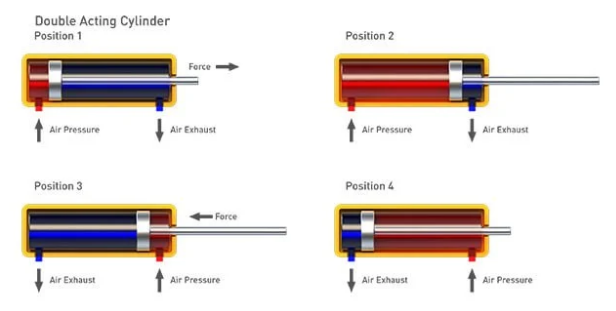
Innovation Option
- New double-acting actuators with integrated fail-safe (combines benefits of both types)
Selection Criteria
Choose single-acting when:
- Fail-safe operation is critical
- Cycle counts are moderate
- Size constraints allow it
Choose double-acting when:
- Cost and durability are priorities
- High cycling is needed
- Space is limited
- Fail-safe isn't required (or use new hybrid models)
For specific application advice, consulting with valve specialists like Gemini Valve is recommended.
If you want to learn more about low-priced products, please visit the following website: www.xm-valveactuator.com


